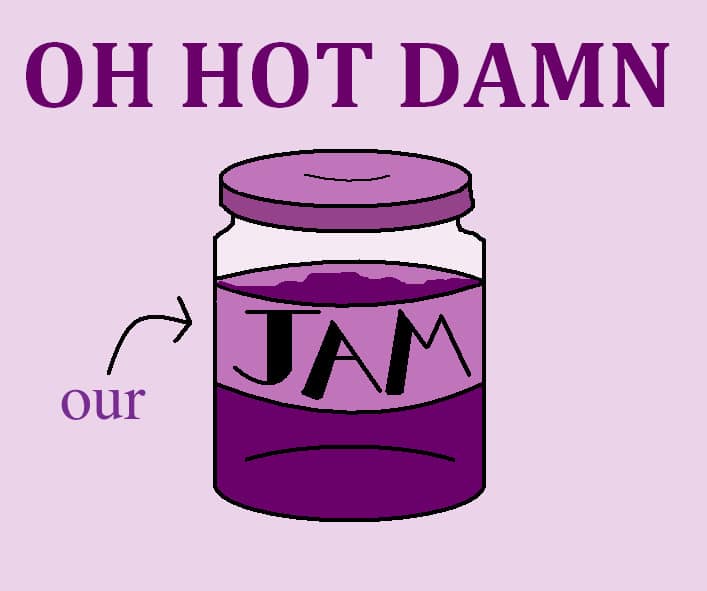
By every measure, 2017 has been our best year yet on noijam – more posts, more authors, more views, more comments and more visitors than any other year.
We look back each year and reflect on whether we achieved our goals of connecting with more clinical scientists, providing an open liberal discussion forum, facilitating findings from science into clinical decision making, and bringing researchable ideas from the clinic to the fore. We think we knocked it out of the park in 2017 – and the most popular posts provide a wonderful review of the scope and depth we covered.
These are our hottest ‘jams
10. The science and philosophy of the meaning of pain
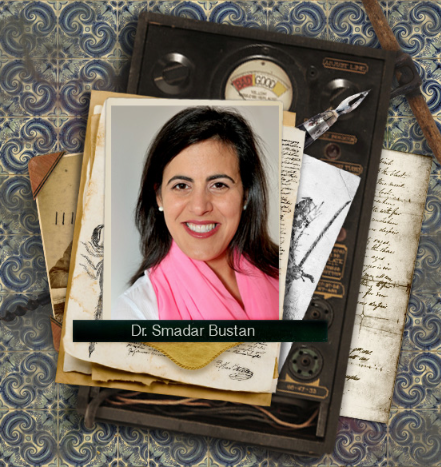
An invited chapter commentary on Dr Smadar Bustan’s contribution to a collection of works on the Meanings of Pain, edited by Simon van Rysewyk. A Scientific and Philosophical Analysis of Meanings of Pain in Studies of Pain and Suffering is a complex chapter with deep philosophical roots, but it provided some key considerations that have direct clinical implications. These included the inadequacy of current attempts to capture the experience of pain via tools such as the visual analogue scale, the conflation of pain and suffering, and the need to merge science, medicine and philosophy to better grasp the lived experience of pain.
“Far from being an attempt to have the final word on the topic, Dr Bustan’s thought provoking and challenging chapter is a two fold invitation to the reader. Firstly, to delve deeper into their own understanding of pain and suffering. And secondly, when in clinical or research settings, to sit with patients and share an introspective journey to fully elicit and express the complete lived experience of pain, thereby profoundly validating and giving voice to that individual’s pain and related-suffering.”
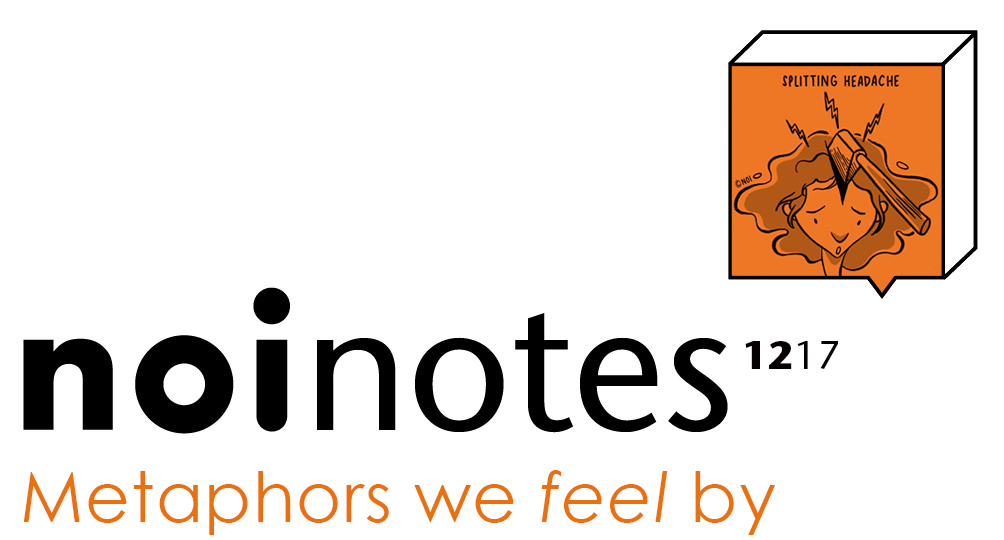
NOInotes are always widely read, and this one, only published in December but still making it into the top 10 was no different. Exploring notions of primary and secondary metaphors, powerful primary metaphors such as PAIN IS ENEMY, and the subsequent language we hear in the clinic ‘my back is killing me’, David Butler sets a challenge for clinicians to learn to carefully listen for metaphor and facilitate conceptual change through education and the judicious application of new language.
“These are primary metaphors (we have adopted the convention of writing PRIMARY METAPHORS in all caps – we’re not yelling at you!). Primary metaphors are concepts that we are not usually aware of, but they powerfully influence our language as the basis for secondary metaphors. For example, from the primary metaphor IDEAS ARE FOOD we have the language (secondary metaphors) my brain is fried, or I’ll stew on that or you pea-brain!
…Reconceptualising pain and changing primary metaphors isn’t easy. But if we start to carefully listen for the secondary metaphors we hear in the clinic, and think about the primary metaphors that might be influencing them, then respectfully offer to explore – with the person – new language, we are making a start.”
A short post inspired by a short Letter, but with significant implications for our understanding of pain.
“It’s only two pages, and it’s available to everyone here, but this little Letter in JAMA Neurology from June last year is a striking read
Activation of this so called pain matrix or pain signature has been related to perceived pain intensity, both within and between individuals and is now considered a candidate biomarker for pain in medico-legal settings and a tool for drug discovery. The pain specific interpretation of such functional magnetic resonance imaging (fMRI) responses, although logically flawed remains pervasive…”
7. Calling out the bullshit, horseshit… all the shits

When it comes to pain, bullshit abounds (looking at you ‘text-neck’) and this post called out just a little of it, sharing a post from Cheryl Lee, Bullshit About Posture Causes Pain and Suffering
…[but] A spondylolisthesis did not have to mean pain. I was not broken. My core was not weak. My spine was robust and strong, not unstable… The constant co-contractions, the fear, the movement avoidance — these had been huge factors in the pain experience. I learned about pain, the brain, movement and the nervous system. I learned to let go of my belly and back, and create space in my body; move with fluidity and ease; breathe fully into a soft, yielding belly; slouch and relax at the same time.
and highlighting a bit of sporting horseshit.
Boyd Cordner has sought treatment from an inner Sydney energy healer – recommended by NSW legend Wayne Pearce – in a desperate bid to prove his fitness for the State of Origin decider…
People who experience persistent pain can be desperate for help – especially after they’ve been fed a constant line of bullshit about their pain-causing-posture and broken core; desperate enough to waste hundreds of dollars for an hour of having their bio-electrical-energy flow restored and their ‘wellness balanced’.
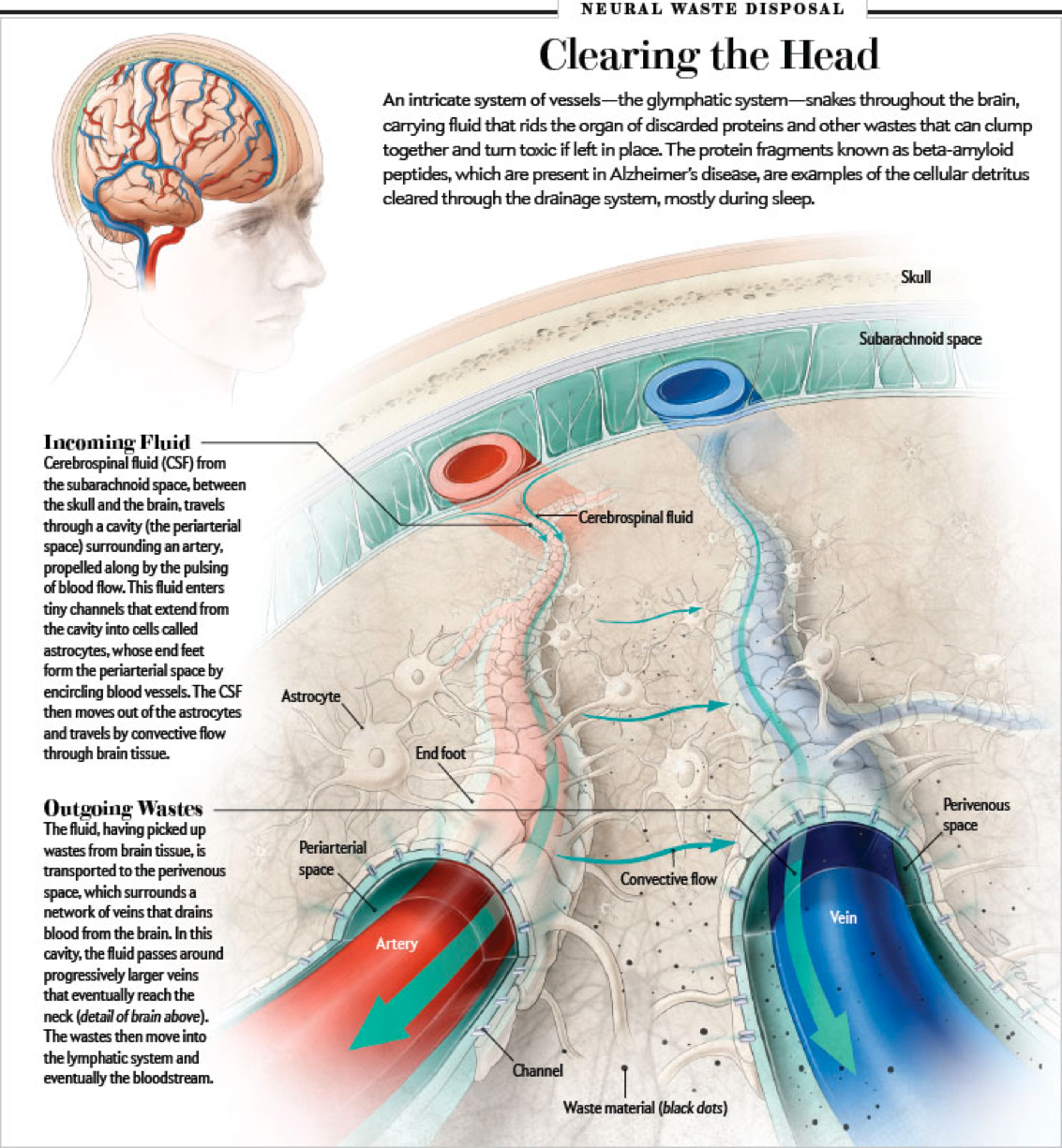
On the discovery and mechanics of Glymphatic System, a reminder of the vital importance of sleep, and a brilliantly witty headline that no one seemed to appreciate (just sayin’)
“In our research, we found an undiscovered system for clearing proteins and other wastes from the brain—and learned that this system is most active during sleep. The need to remove potentially toxic wastes from the brain may, in fact, help explain the mystery of why we sleep and hence retreat from wakefulness for a third of our lives.”
“Sleep, those little slices of death — how I loathe them”
– Edgar Allan Poe
Fellow night owls will understand Poe’s words – so much to do, so much to read, and so little time – but the relationship between efficient glymphatic drainage and sleep is sobering reading:
Could sleep deprivation precipitate neurodegenerative disease? Experiments that we conducted in mice showed that during sleep, the glymphatic system did indeed remove beta-amyloid from the brain with remarkable efficiency: its clearance rate more than doubled with sleep.
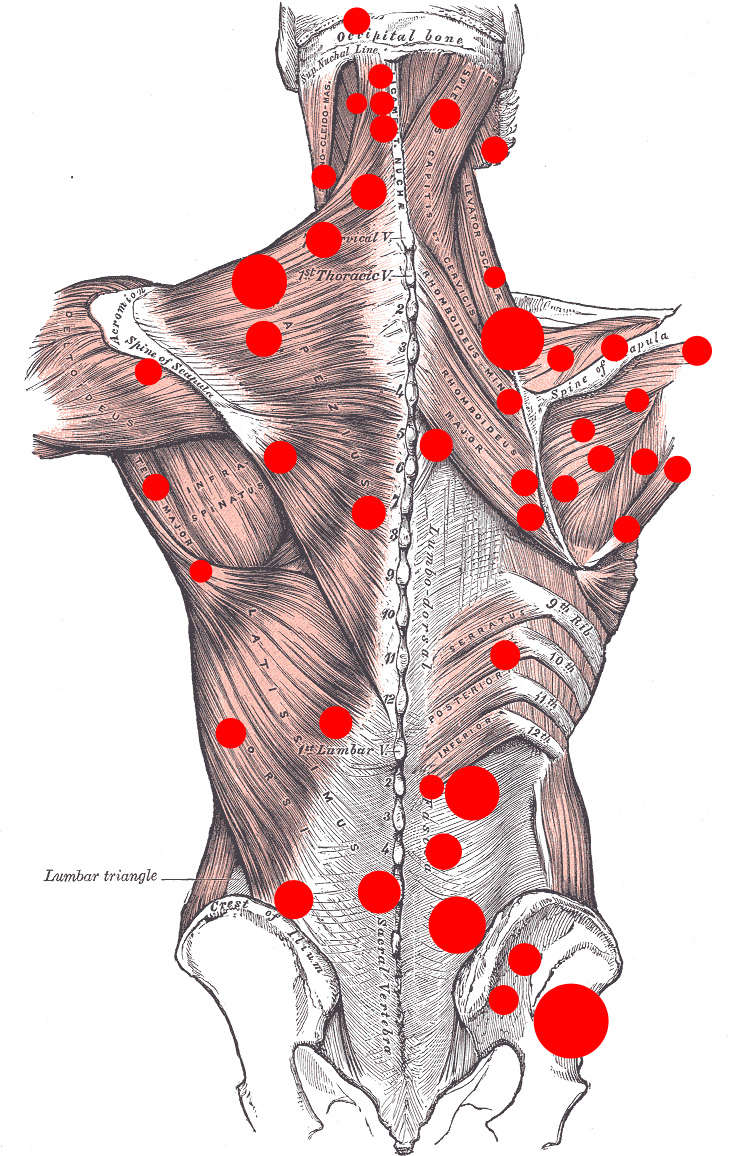
Another clever headline (cough) and another useful paper
“Hence, FM seems to be characterized by objective biochemical alterations, and the lingering characterization of its mechanisms as essentially idiopathic or even psychogenic should be seen as definitively outdated.” (emphasis added)
A strong closing statement.
Others have been saying it for a long time, but perhaps the (very real) experience and suffering of those who have been labelled with Fibromyalgia have nothing to do with taut bands, fascial restrictions and those 18 (or 11) infamous trigger points…”

Professor Sonia Grover is a well known and widely published expert in paediatric and adolescent gynaecology, and it was with great excitement that we welcomed her first contributions to NOIjam this year. Sonia’s first post on Period Pain was wildly popular and one of our most-shared pieces on social media – suggesting that the knowledge she has to share resonates with a massive section of the population.
“I had been trying to think of a way of describing to a mother and her teenage daughter what actually happens when a period occurs and why it actually might hurt – even though this process is normal. The following is something along the lines of the discussion we had…
….The young woman looked a bit overwhelmed, and her mum said “nobody ever explained all of that to me when I was young, I was told that it was just bleeding and that I’d have to learn to live with it all”. I explained that I knew it was a lot to take in, and some of it was even a bit confronting, but it’s something that every woman can and should understand because when we understand what’s happening in our bodies it leads to less worry, less fear, and even, less of the pro-inflammatory chemicals at the heart of the very process.”
Sonia’s second post on some of the stranger things that can occur with periods published only this week, is also very quickly earning a large numbers of views. Sonia shared her extensive knowledge, much of it not in the textbooks as it has been gleaned through years of listening to patients, and explained the simple, yet possibly life changing, idea that it is ok to skip periods.
Periods are extraordinary events, and it’s ok to skip them

“On top of that we get to see some of the really unusual things – like the young teenager who had a history of mild asthma during her childhood. When she was about 12 she had a really, really bad episode of asthma that actually landed her in the intensive care unit (yes- that is bad asthma). Well, she ended up in the intensive care unit a second time, just over a month after that – with her second period. Her first admission to the intensive care unit had been with her first period…
Now, I can just hear you saying, “What?? No periods? Skipping periods? That’s not natural!”
Well , as I explain to my younger patients, often with their mothers present, “Can you just check with your mum how many periods she had when she was pregnant? None of course – for 9 months. Nothing wrong with that, its natural”.
We’re looking forward to even more great stuff from Sonia in 2018!
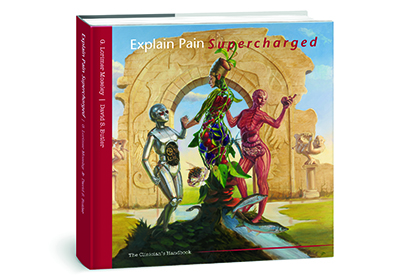
2017 saw the much anticipated release of Explain Pain Supercharged. The book has been an overwhelming success and we struggled to print them fast enough throughout most of the year. With a deep dive on pain biology, the book also brings together education research, conceptual change theory and metaphor use, and explores notions unfamiliar to many in health care such as the complex variables in educational outcomes, and curriculum development. This NOInote highlighted the Ten Target Concepts extracted by Lorimer Moseley and David Butler
“One of the key skills when Explaining Pain is to identify the essential curriculum Target Concepts appropriate for an educational intervention for a specific person or group. Lorimer Moseley and I have extracted ten key Target Concepts for the upcoming Explain Pain Supercharged… here they are
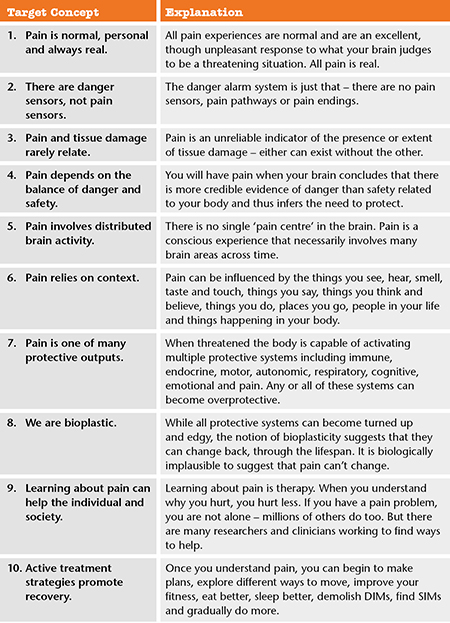
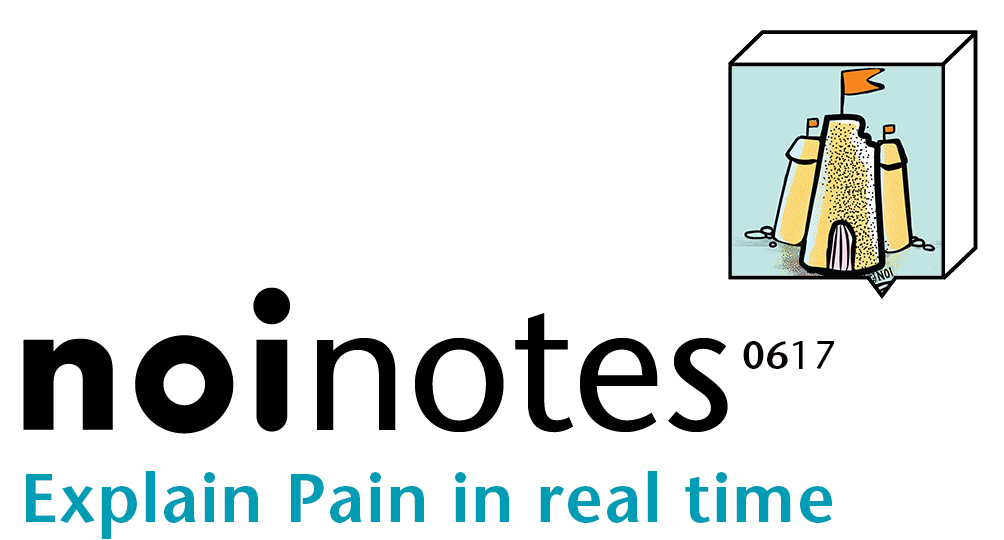
David Butler gave us a peek ‘under the Explain Pain hood’ with his thinking as he sat with a young patient. The result wasn’t a recipe for EP, but an example of the integration of clinical reasoning, professional knowledge and educational theory
“David Butler’s internal thinking and monologue, captured via advance brain scanning*: Lots of E flags (see definition below) here – long term, widespread pain is suggestive of some sensitisation processes and the depression and gut issues hint at multiple output system perturbation. The ‘Scheuermann’s Disease’ diagnosis is potentially a potent DIM driving worry and pain, and needs dethreatening and explanation – probably needs to be a Target Concept.”
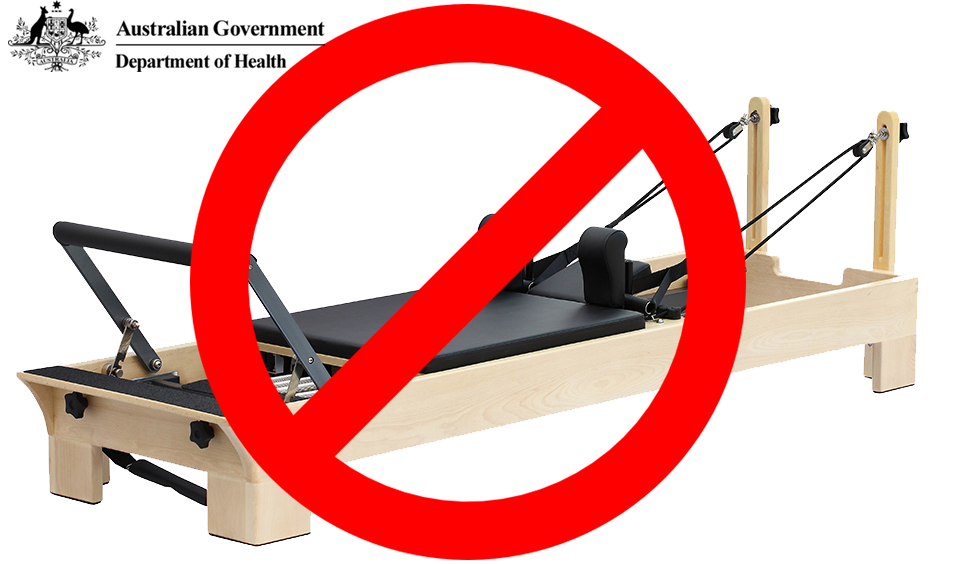
Number 1 with an absolute rocket – nearly doubling the number of reads of the second most read! Of course the headline was meant to be catchy and provocative, but the idea of the post was to question what has become a core concept (pun intended) for many in the pain treatment/rehab world and reflect on how multiple professions will respond to evidence based challenges to their techniques and approaches. Well, a good discussion (and some social media hijinks) did ensue and it seems Pilates will live on for now, but there might be a sneaky bit of I can science better than you (just missed the top 10 cut) slipping along the way
“Perhaps Pilates has become a victim of its own popularity, or, a casualty of the self-generated hyperbole surrounding it. While there seem to be some benefits, it’s not a magical movement with any more mystical benefits than other forms of exercise (of course yoga and tai chi also fall into this category). But… I’m sure the idea of doing Pilates (or yoga or tai chi) was a motivator for at least some to get off the couch and do something (anything seems to be better than nothing in terms of activity/exercise), and, notwithstanding some dubious explanations as to its underlying causal mechanism of benefit, that isn’t all bad. Is it?”
So there it is – 2017 on NOIjam in review by way of our Top 10. From philosophy to glymphatics, bullshit to curricula, metaphors to matrices, and a foray into period pain, it’s been another eclectic year on our little blog. Our deep thanks go to all the contributors, commenters and of course you, the readers.
Safe and happy holidays to all
-Tim Cocks
Editor in Chief
CANBERRA 14 – 15 APRIL EP
WARRNAMBOOL 27 – 29 APRIL EP | GMI
NEWCASTLE 5 – 6 MAY MONIS
BENDIGO 25 – 27 MAY EP | GMI
NOOSAVILLE 15 – 17 JUNE EP | GMI
CAIRNS 10-12 AUGUST EP | GMI
PERTH 7 – 9 SEPTEMBER EP | GMI
PARRAMATTA 5-7 OCTOBER EP | GMI
MILDURA 19 – 21 OCTOBER EP | GMI
MELBOURNE 9 – 11 NOVEMBER EP3 | BUTLER, MOSELEY & PETER O’SULLIVAN

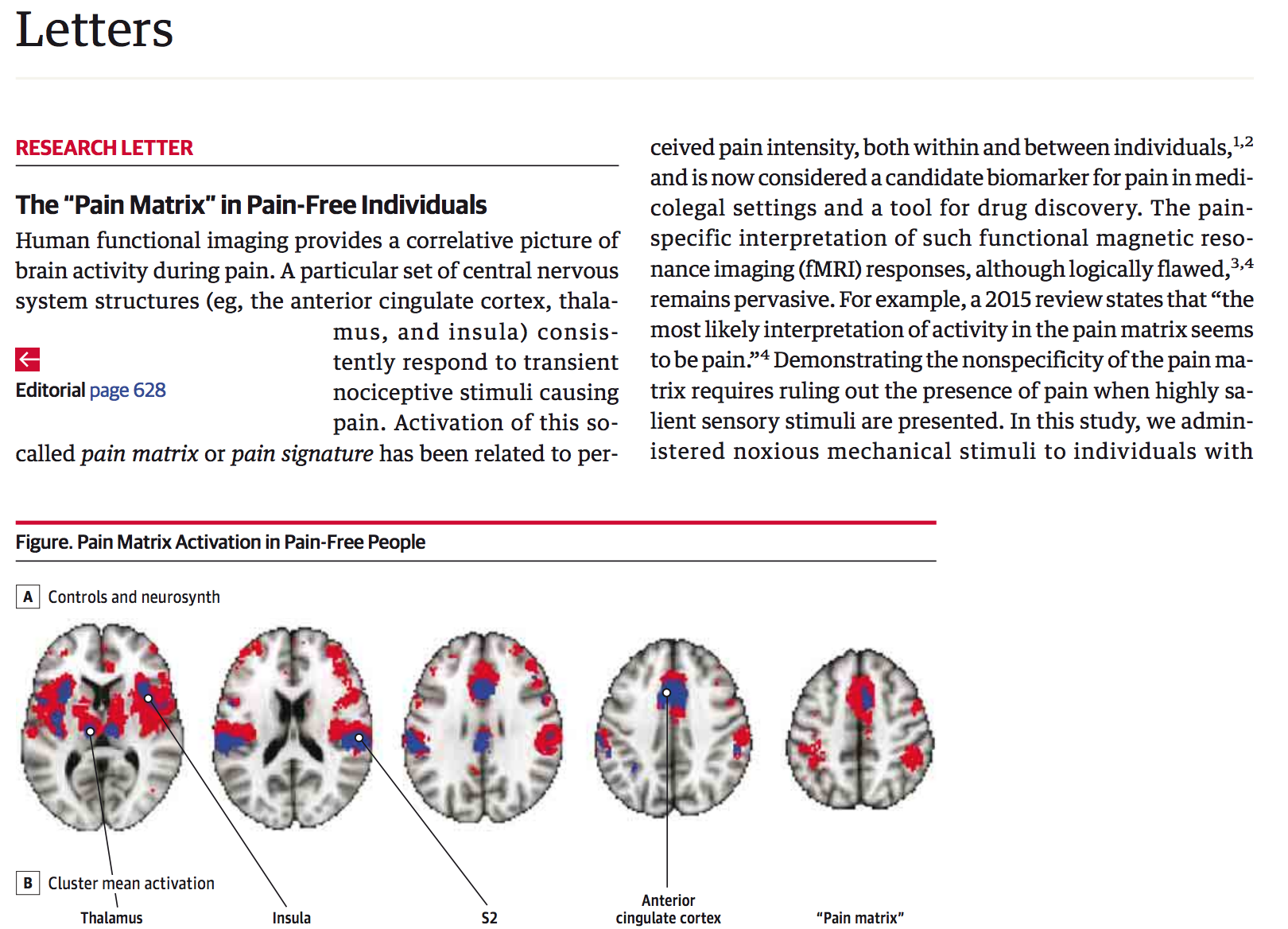
Hi Tim and NOI team,
Thank you for your posts throughout the year , which were relevant, recent, scientific, and fun to read. I am looking forward to more posts in the next year with more views, more comments, and more learning for all of us in 2018.
Wishing the brilliant NOI team Merry Christmas and a very happy new year.
Dearest NOI team, its been a brilliant year full of invaluable knowledge. Thank you all so much for keeping me up to date.
Wishing you all a Merry Xmas and a 2018 full of all you wish for and deserve
Love David